12 Easter Facts So Crazy, You’ll Think We Made Them Up
You’ve hunted eggs, filled baskets, and probably eaten more marshmallow chicks than you’d care to admit. But Easter isn’t all sugar and bunnies. Behind the candy and colors are traditions, records, and rituals that most people never hear about. These facts may sound far-fetched, but every single one is true.
Americans Buy More Than 16 Billion Jelly Beans Each Year

Credit: dndavis
That’s enough jelly beans to circle the Earth nearly three times. Most are sold in the weeks leading up to Easter. Flavors like cherry, buttered popcorn, and watermelon top the charts, although black licorice also holds a small but loyal following. This tiny candy has become a surprisingly huge part of the Easter tradition.
The White House Hosts a Giant Egg Roll

Credit: Facebook
The annual White House Easter Egg Roll began in 1878. Originally, kids rolled eggs on Capitol Hill until President Rutherford B. Hayes invited them to the South Lawn. Now, it includes games, music, and thousands of eggs. It remains one of the oldest and most cheerful springtime events in Washington, D.C.
Easter Is the Second-Biggest Candy Holiday in the U.S.

Credit: flickr
When it comes to candy sales, only Halloween beats Easter. Americans spend above $3 billion every Easter season. Chocolate bunnies, jelly beans, marshmallow treats, and cream eggs fill store shelves weeks in advance. It’s a candy-centered holiday that rivals fall’s spooky celebrations—and proves sugar is a universal holiday favorite.
The World’s Tallest Chocolate Bunny Was Over 12 Feet Tall

Credit: Facebook
In 2010, a Brazilian chocolate company built a 12-foot-tall bunny that weighed greater than 9,000 pounds. Eight professionals worked on it for days. It was made from solid chocolate and displayed in a shopping mall, where it drew huge crowds. This bunny wasn’t for eating, but it sure made Easter history in a big way.
Some People Eat the Bunny Ears First, and Science Has Noticed
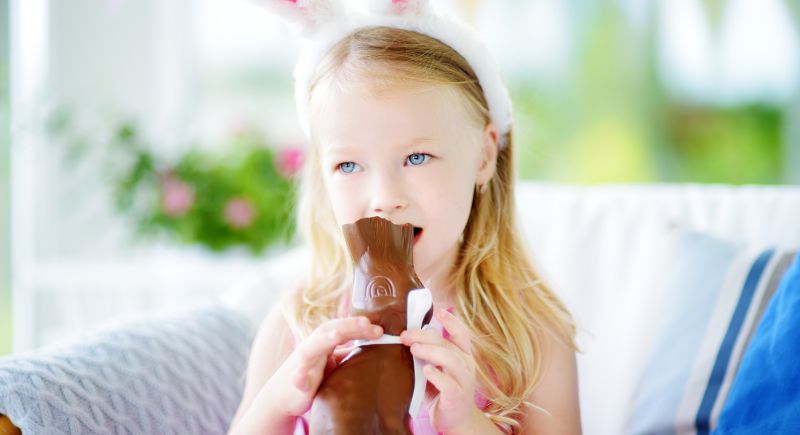
Credit: iStockphoto
About 76% of chocolate bunny fans start with the ears. Some start at the feet or tail, but the ears win by far. Psychologists have studied this preference, though they haven’t agreed on what it means. It may not reveal much about personality, but it certainly reflects one strong Easter habit.
In Switzerland, Easter Bells Bring the Gifts
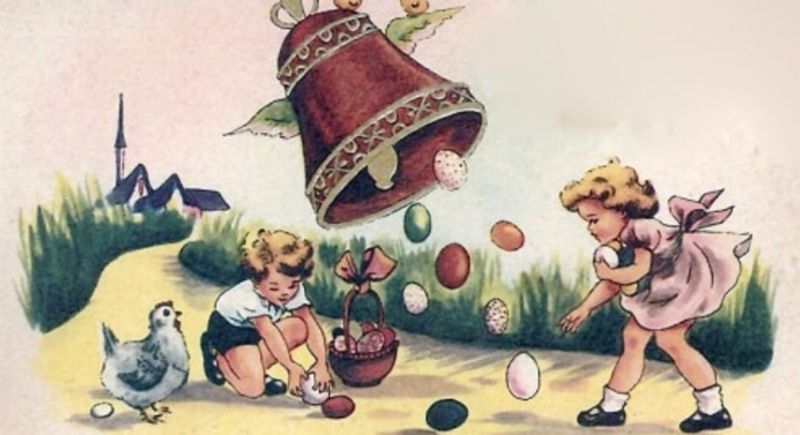
Credit: Facebook
Many Swiss children believe flying bells bring chocolate and eggs instead of a bunny. The bells deliver sweets overnight. This tradition is especially common in French-speaking areas of Switzerland.
Some People Celebrate with a Giant Omelet
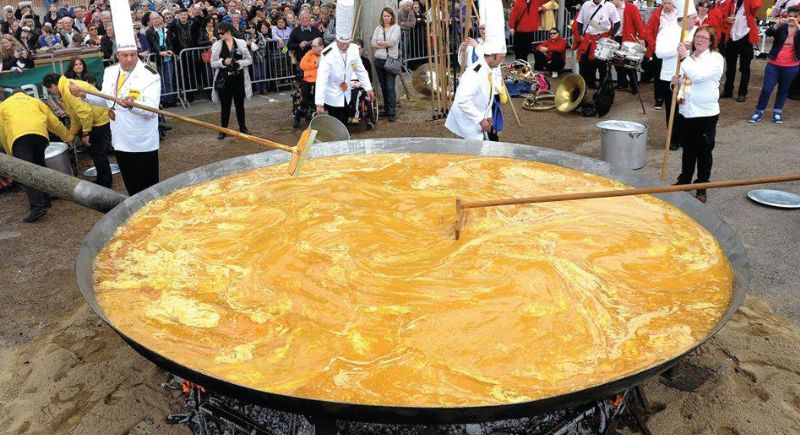
Credit: Facebook
In Bessières, France, Easter Monday is all about eggs—thousands of them. Locals cook a massive omelet using around 15,000 eggs. Legend says Napoleon once asked villagers to prepare one for his troops and the tradition stuck.
The Easter Bunny Was Inspired by German Folklore
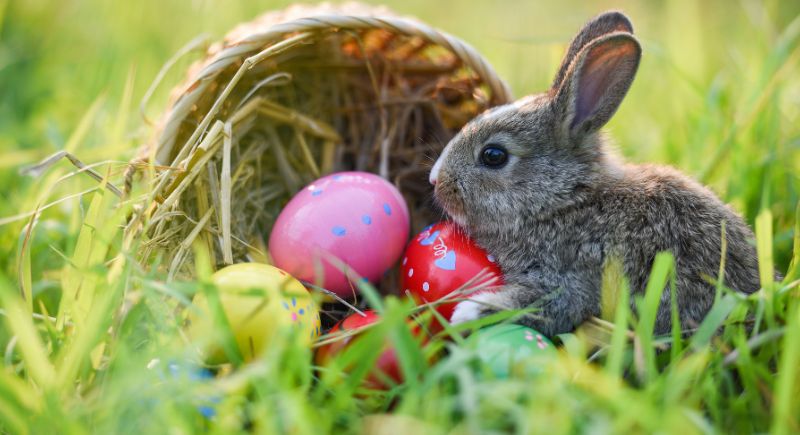
Credit: Bigc Studio
The “Osterhase,” a hare from 17th-century German tradition, laid colored eggs for good children. German immigrants brought this idea to Pennsylvania in the 1700s. Kids made nests for the hare to visit. Over time, the hare became a bunny, and the tradition spread throughout America as part of Easter fun.
Australia Swapped the Bunny for a Bilby

Credit: flickr
Rabbits damage native ecosystems in Australia, so many locals swapped the Easter Bunny for the bilby—a small, endangered marsupial. Chocolate bilbies appear in stores during Easter to raise money for conservation. The bilby still has long ears and soft fur, but it represents something much more than candy and toys.
Egg Hunts May Date Back to Pagan Spring Rituals
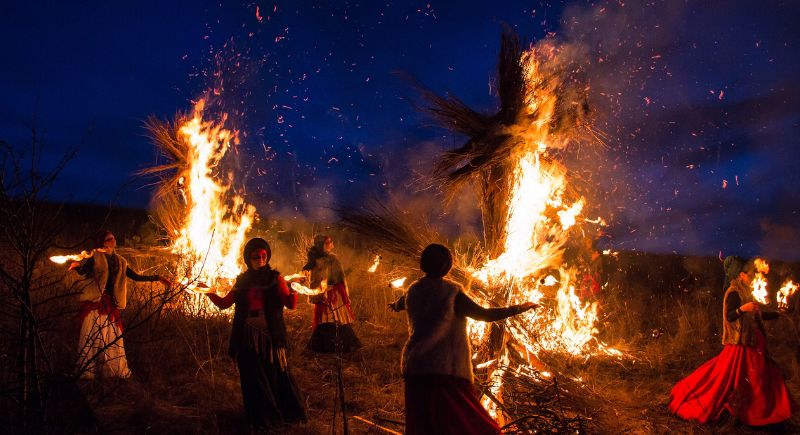
Credit: Wikimedia Commons
Eggs once symbolized rebirth and fertility in ancient spring celebrations. Historians believe early egg hunts were linked to rituals celebrating warmer weather and new life. Christianity adopted the egg as a symbol of resurrection.
The UK Takes Egg Rolling Very Seriously
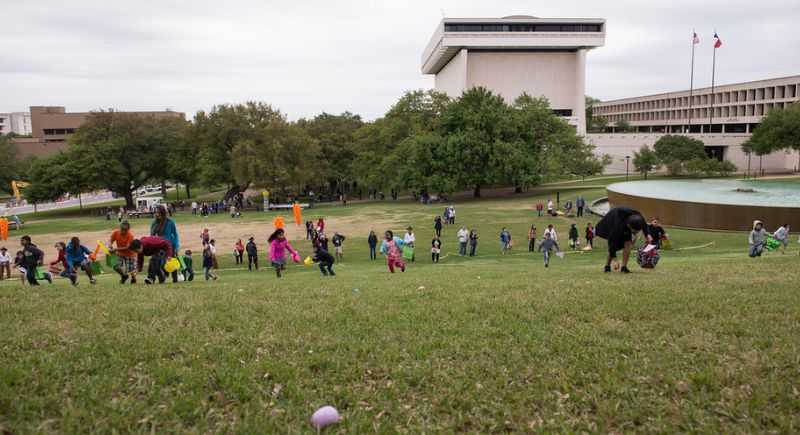
Credit: flickr
Egg rolling is a competitive Easter event in different areas of the United Kingdom. People bring hard-boiled eggs to grassy hills and race them downhill. Some towns have rules, judges, and even prizes. This is a serious tradition that’s been passed down through generations.
Chocolate Eggs Have Been Around Since the 1800s
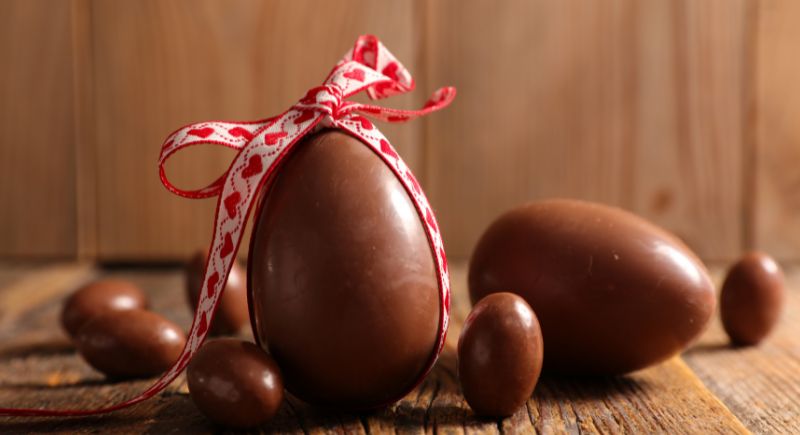
Credit: Getty Images
France and Germany introduced chocolate Easter eggs in the early 1800s. At first, they were solid and a little bitter. The recipe improved as time passed, and hollow, sweetened eggs became the standard. Cadbury started making them in 1875, and ever since, they’ve been a seasonal favorite around the world.
Some Cultures Hang Painted Eggs on Trees
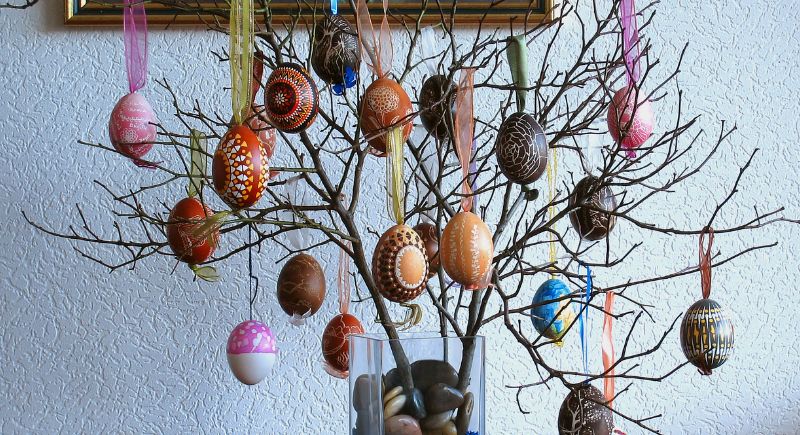
Credit: Reddit
In places like Germany and Austria, families create Easter egg trees by hanging hand-painted eggs on branches. These “Ostereierbaum” displays can be found in gardens and front yards. Some families pass down painted eggs for generations. It’s a colorful tradition that adds brightness to the spring season.
The Largest Egg Hunt Had Over 500,000 Eggs
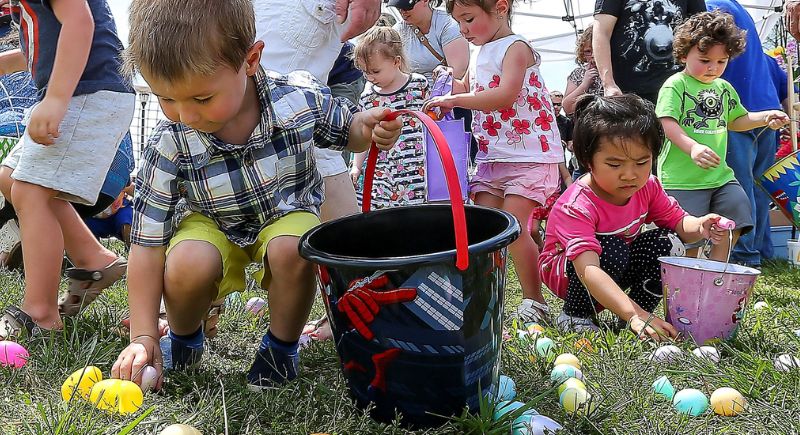
Credit: Facebook
In 2007, Cypress Gardens in Florida hosted a massive Easter egg hunt with more than 500,000 plastic eggs. The event included rides, food, games, and entertainment. It remains one of the biggest egg hunts on record and showed just how big Easter fun can get.
You Can Get a Ticket for Egging Someone’s House

Credit: Facebook
Egging a house might seem like a harmless prank, but it’s considered vandalism. Throwing eggs at someone’s property can lead to fines or charges in many US states. Law enforcement agencies often remind the public during Easter that egging isn’t festive but a crime with real consequences.
Some Churches Hold Sunrise Services Outdoors

Credit: Reddit
Easter sunrise services are held across the U.S. to mark the resurrection story. Worshipers gather outdoors in fields or on hills just before dawn. The early morning setting matches gospel accounts of the first Easter morning. Music, prayer, and breakfast often follow the service to create a peaceful holiday tradition.
Egg Tapping Is a Competitive Sport in Some Places

Credit: Getty Images
Egg tapping is simple: two players tap hard-boiled eggs against each other, and the one whose egg stays intact wins. In parts of the southern U.S. and Europe, this is a serious Easter event. Families hold tournaments, and champions take pride in their unbroken eggs. It’s festive, fun, and competitive.
There’s a Record for the Most People Wearing Bunny Ears
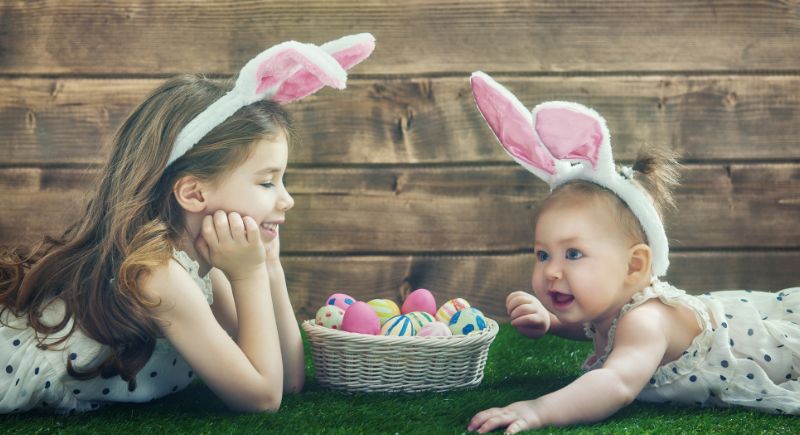
Credit: Getty Images
In 2011, over 1,100 people in Illinois wore bunny ears at the same time, breaking a world record. The event took place during a local festival. Community groups, families, and schools joined in to celebrate. It was fun, quirky, and very much in the spirit of Easter celebration.